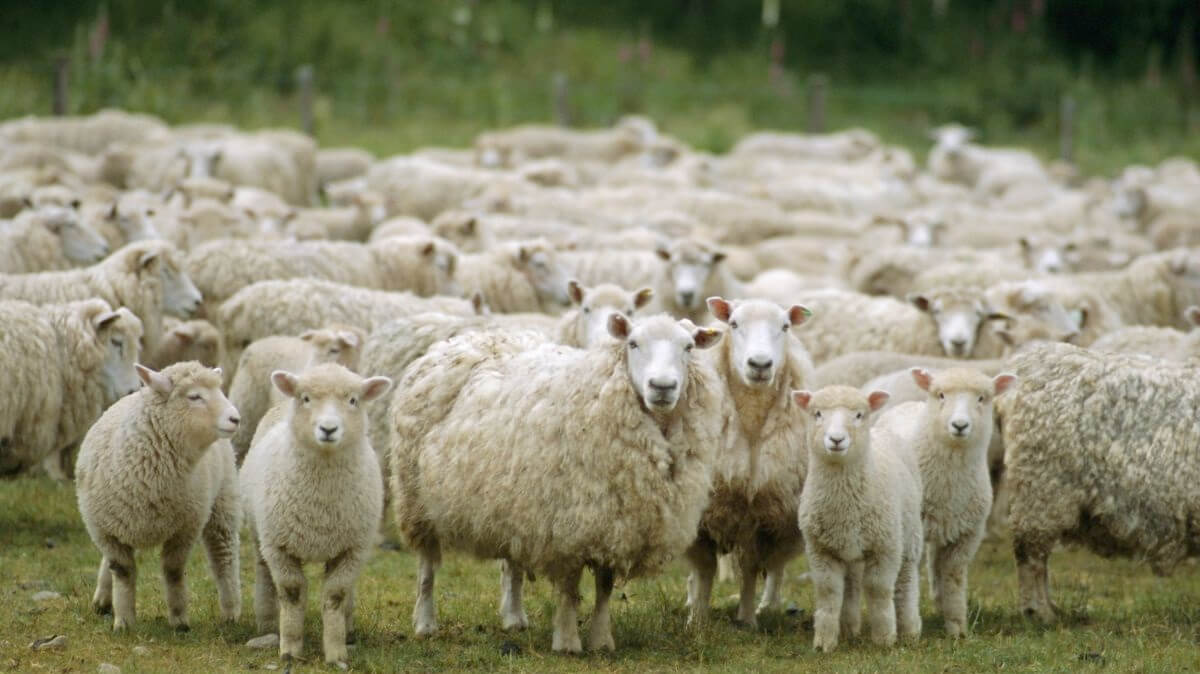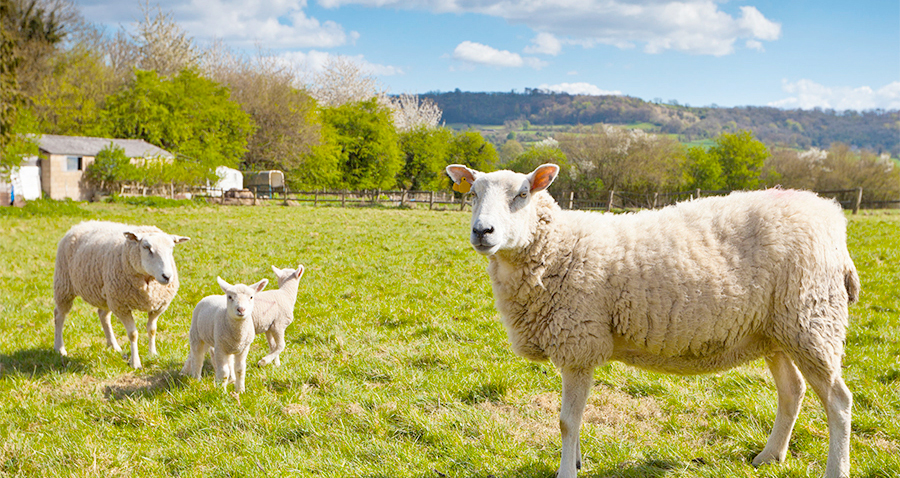
Liver fluke or Fasciola hepatica is a common parasite of livestock, writes Dr Ruth Wonfor from the Institute of Biological, Environmental and Rural Sciences (IBERS) at Aberystwyth University.
A liver fluke infection causes ill health, as well as a reduction in growth rates and reproductive performance in affected livestock.
Over recent years it has been acknowledged that the presence of liver fluke in the UK has increased and that the periods of risk for infections have become longer, as well as more difficult to predict.
As fluke thrive in wet and mild climates, the increasing prevalence of the parasite in the UK has been attributed to climate change.
The increased number of wet years recently experienced has improved habitats for the intermediate liver fluke host – the mud snail. Scientific modelling has suggested that Wales will be one of the EU higher risk regions for fasciolosis in the future.
Furthermore, flukicide resistance and confusion over various flukicide activities is leading to poor control.
These facts call for improvements in farm management practices and treatments as well as the development of vaccines or new treatments for the control of fasciolosis.
There is also an urgent need for tried and tested control protocols to be more widely adopted by farmers.
Farm management
The first step in effective control of liver fluke is to establish whether there is infection present on the farm.
This can be completed through feedback from abattoirs and faecal egg counting (FEC), amongst other methods, which should also be general practice in farms with a history of liver fluke.
Use of flukicides and control strategies without a definite confirmation of parasites is both a waste of time and resources.
Quarantine of bought in livestock is an essential process to prevent contamination of parasite free pasture, yet is a method used by few farmers. Strict quarantine and treatment measures of all bought in animals will also prevent the introduction of resistant fluke onto the farm.
Veterinary advice should be sought to develop an effective quarantine procedure. This is especially important if there are snail habitats on all pasture.

The liver fluke lifecycle is dependent on a mud snail, Galba truncatula, as an intermediary host. Without the presence of wetland habitats for these snails the lifecycle is halted.
Therefore, pasture management is essential in fasciolosis control. Thus a control measure is to assess all pasture for the presence of these habitats and map areas with the greatest risk of infection.
Subsequently, sources of snail habitats should be removed or livestock separated from risk areas using systems such as fencing or pasture rotation.
If pasture with snail habitats has to be utilised, it is imperative that animals are not allowed to graze here at a stage when they are shedding parasite eggs.
Flukicides
There is growing concern over resistance to flukicide products, especially those containing triclabendazole (TCBZ). Surveys have shown that farms using TCBZ have a higher prevalence of fasciolosis compared to use of other anthelmintics, likely due to resistance to TCBZ.
TCBZ is the only active agent available that is effective on adult and migrating stages of the fluke lifecycle.
This must be considered when utilising alternative active agents such as closantel which are only effective at the adult stage of the lifecycle.
However, many farmers only treat with these agents once a year and may KE Hub - Driving innovation by connecting research to practice not always ensure that the correct treatment is used at the right time of the year.
Therefore, any perceived drug failures should be investigated through a FEC reduction test to ensure that the lack of efficacy was due to drug resistance, rather than younger parasites that survived the initial treatment.
These issues highlight that treatment management practices require more information so that drug activities are understood, improving the efficacy of liver fluke control. Treatment protocols should always be discussed with a vet before beginning.
Another consideration is the withdrawal period required with flukicide usage. Particular consideration is required in dairy cow management to ensure maximum economic gain from the herd, whilst effectively treating the infection.
It must be ensured that withdrawal periods are adhered to for milk production and also livestock destined for meat.
Vaccines
At present there are no available vaccines against liver fluke. Although it is acknowledged that a vaccine will not give 100 % protection against the parasite, it is widely accepted that there is a need for a viable vaccine in the sustainable control of liver fluke.
This will subsequently reduce usage of flukicides and thus a driver for flukicide resistance.
Furthermore, vaccines are considered environmentally friendly as no chemical residues are passed through to pasture. To ensure that a vaccine is effective within a herd, it is predicted that 90 % of the animals need to be successfully protected for a whole season.
Scientific research has identified several liver fluke specific vaccine targets, however when tested in live animal trials results have been inconsistent.
As fluke populations have been shown to be highly genetically diverse, vaccine development requires a greater depth of knowledge about the genetic structure, function and dynamics of the parasite.
Through development of a detailed understanding of the wider parasite population, vaccine development will be further equipped to tackle the global liver fluke problem.
Therefore, although the development of a vaccine looks to have a promising future, there is still a long road of scientific research ahead before large scale on-farm trials can begin.
Long term sustainable management
To sustainably manage liver fluke on a long term basis, the prevalence of the disease on a farm to farm basis should be monitored each year and used to drive effective control measures for the following year.
Regimes need to be tailored to each individual farm, whether that be through treatments or management.
However, in order to do this there is a need for a continuous knowledge exchange between farmers, veterinarians, industry and academia to drive the uptake of practices that work effectively at a farm level.
